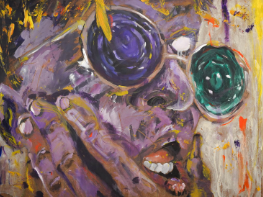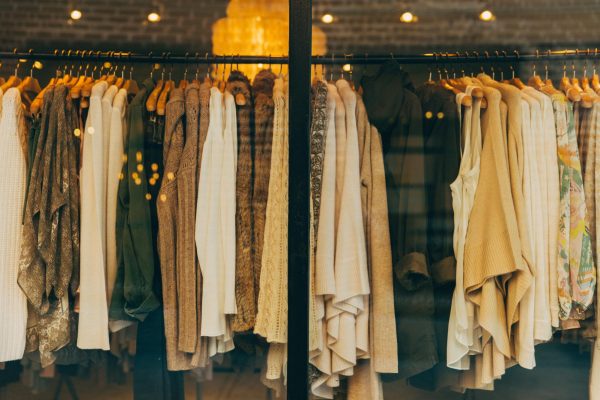Men’s fashion trades in conventional style for confidence and individuality
Seniors Luca Montana of Holmdel and Connor Martin of Spring Lake Heights show off their style at a photo club workshop. Montana is one student who strays from men’s fashion standards.
November 21, 2018
Men have helped shape the face of fashion by neglecting society’s standards.
The Somerset House, an arts center in London, created an exhibition in 2016 entitled “2026” to display its vision of men’s fashion over the next ten years, according to The New York Times. Stylist Ibrahim Kamara and photographer Kristin-Lee Moolman organized the exhibition to challenge stereotypes and alter the perception of black masculinity.
“‘2026’ is an escapism, it’s all the things I long to be, it’s the black man I aspire to be: expressive, confident, not holding back, regardless of sexual orientation, gender or race,” Kamara said.
Jonathan Anderson, who designs clothing for men and women in London under the label J. W. Anderson, said that men’s clothing is easier to “transgress” because changes in conventional clothing evidently stir up more excitement and controversy than changes in women’s clothing.
Another designer, Thom Browne, staged a show in Paris where men modeled in both fat suits and fitted clothing. Although presumed comedic in the short term, the show eventually changed the way men perceived clothing by showcasing obscure styles, Browne told The New York Times.
“I know the vast majority of these clothes won’t touch human skin… Nevertheless, it’s important that they do exist, because they propose an alternative. To borrow the words of Craig Green, ‘Everything doesn’t have to be sports and anger,’” Fray said.
Style can give a voice to the unknown and instill confidence in men who neglect convention. Society will continue adapting to changes in men’s fashion just as men continue to alter standards.
Senior Luca Montana of Holmdel said he often experiments with different types of clothing standards.
“Everyone has a very different wardrobe and how you decide to mix and match can really affect the way people perceive you,” Montana said. “I really don’t care what section I buy clothing from; I will wear women’s clothing or varying sizes of clothes to give a different effect. I like to push the boundaries.”
















